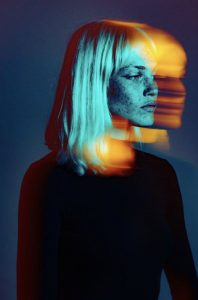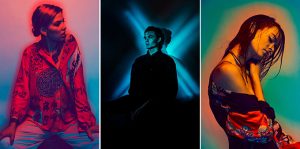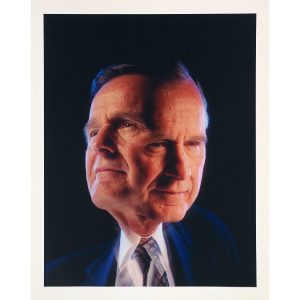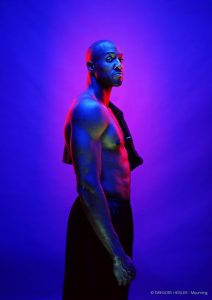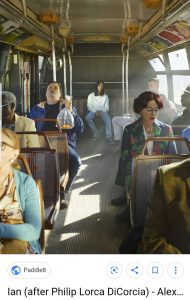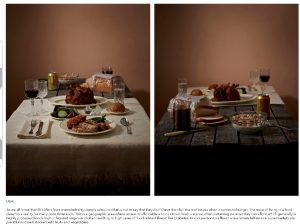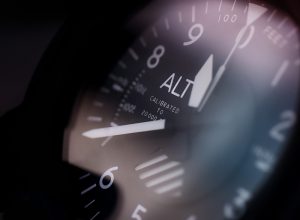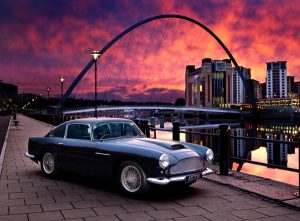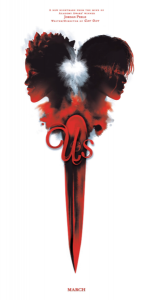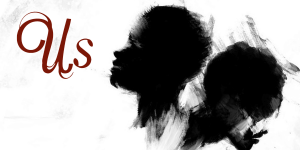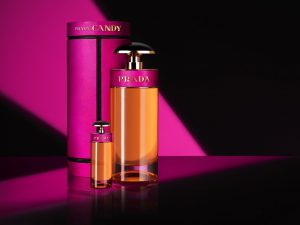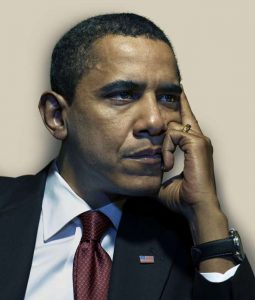When I was brainstorming ideas for my final project the first image that popped into my head was a portrait by Gregory Heisler. I remember the image was so striking because it utilized the color cross lighting method. The subject was an athlete facing one side and looking into the camera. He was shooting on a blue background illuminated by a red rim light, with blue and red cross light filling the shadows and defining the subject. I was also intrigued by Heisler’s portrait of George Bush showing the subject with two heads. This image made me think he was trying to portray Bush as having two sides or a split personality. I wanted to use this in my concept because my piece is about facing challenges in life that take us to completely different headspaces as if we were different people entirely. But it is through determination and perseverance that we’re able to pull ourselves out of those dark spaces to realize our potential. Gregory Heisler is an advocate for breaking technique or thinking outside of the box because he believes constantly relying on just technique can be limiting. Continuing my research, I went on looking for more images using this method and stumbled onto Nick Fancher. Fancher is a photographer, author, and educator specializing in dramatic lighting and bold color exploration techniques. His experience ranges from commercial and portrait photography to fine art. He is most known for his work method using minimal camera gear and shooting in unconventional locations. When I looked at Francher’s work, I was inspired by his use of colored cross lighting, and shadow. In one of his panels, there are three images, one with the subject lit in mostly red with a gradient background, the second with a subject illuminated by a blue X shaped lighting and the last with a subject on a green backdrop lit by a yellow rim and cross light. Visually these images are eye-catching and add a sense of wonder to the emotions of the models, this is an effect I hope to achieve in my own work.
Nick Fancher
Gregory Heisler

